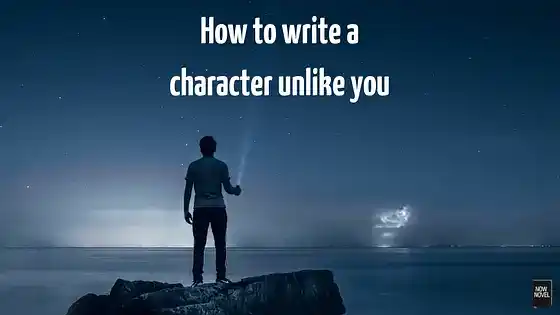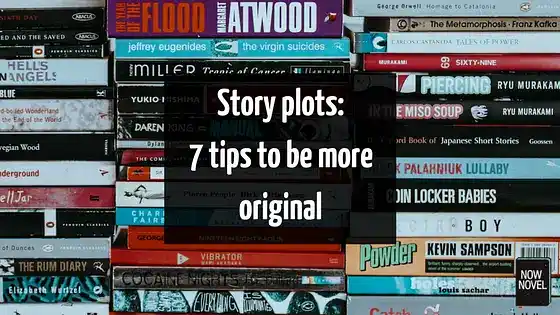Navigate your
writing journey
Learn how to successfully publish your book.
Learn how to successfully publish your book.
Sometimes we overstate the importance of 'climax' in a story. After all, some novels end with anti-climax. Bret Easton Ellis even ends a novel mid-sentence. All the same, knowing how to create a gripping build-up is useful, especially if you're writing a fantasy or thriller. Here are tips gather...
November 23rd, 2017
Read post...Knowing how to write a hook is one of the key skills separating published from unpublished authors. Publishers want to know (among other things) that your book will appeal to an audience within the relevant market. How do you write a hook that makes readers lose track of time in book stores and ...
November 20th, 2017
Read post...
Believable character motivations drive all of literature's most famous characters. Characters, like real people, have desires, wants and needs. They have motivations they're aware of and ones they aren't. These all impact the choices they make. Here are 7 tips for creating character motiva...
November 16th, 2017
Read post...
Great descriptive writing brings story scenes to life. We see the flickering candlelit banquet halls or chaotic battlefields great descriptions conjure. Here are 6 tips to write descriptive sentences that are evocative: 1: Choose precise imagery (avoid overusing abstract nouns) We often th...
November 13th, 2017
Read post...
Writing effective, compelling dialogue has multiple elements. It's not only what characters say but how they say it that matters. Read other words for said as well as tips for keeping your dialogue natural and engrossing: What is a 'dialogue tag' (or speech tag)? Tags (like name tags) iden...
November 6th, 2017
Read post...
Great novel characters share common features: Distinct, authentic voices, character development, clear goals and motivations, strengths and flaws. Here are 15 of our top character creation tips gathered from some of the best writing blogs and websites: 15 character creation tips for...
November 2nd, 2017
Read post...
Procrastination is the enemy of writers, of all creative people. If you've committed to writing a book or story but are avoiding the task, there are simple ways to write more. Try these strategies to boost your focus and motivation. [When you're done, join Now Novel for tools and support to stop...
October 26th, 2017
Read post...Streamlining your writing process is useful. Whether you're gearing up for a novel-writing challenge such as NaNoWriMo, or simply have a personal deadline. Here are 10 tips for writing a novel in a month: 1. Make preparations, even if you're a pantser Aspiring authors often describe themse...
October 23rd, 2017
Read post...In this guest contribution by ESL teacher Ethan Miller, Ethan shares ideas for creating characters who are completely different from yourself. Character creation is a key element of writing a novel. Authors, knowingly or unknowingly, often create characters that borrow heavily from their own...
October 5th, 2017
Read post...In novel-writing, world building is an important concept, especially in genres such as fantasy and science fiction that explore alternate worlds. Good world building questions will help you create a detailed and immersive world. Here are some questions to ask: First, what do we mean by 'civil...
October 2nd, 2017
Read post...
Realistic dialogue doesn't necessarily mimic everyday speech. There's a lot of real-world filler we remove when writing dialogue (e.g. pleasantries, 'Fine thanks and you?') Yet for dialogue to feel real, it's important to avoid missteps that make dialogue ring hollow: 1: Writing info dumps (t...
September 11th, 2017
Read post...Clichéd story plots weaken an otherwise good story, a story where characters and settings are vivid. To tell a story that feels original and inventive, it's key to learn plot clichés to avoid. Yet many original stories do use common tropes. The key is to make famous story types and scenario...
August 24th, 2017
Read post...We made a writing app for you
Yes, you! Write. Format. Export for ebook and print. All for free.












